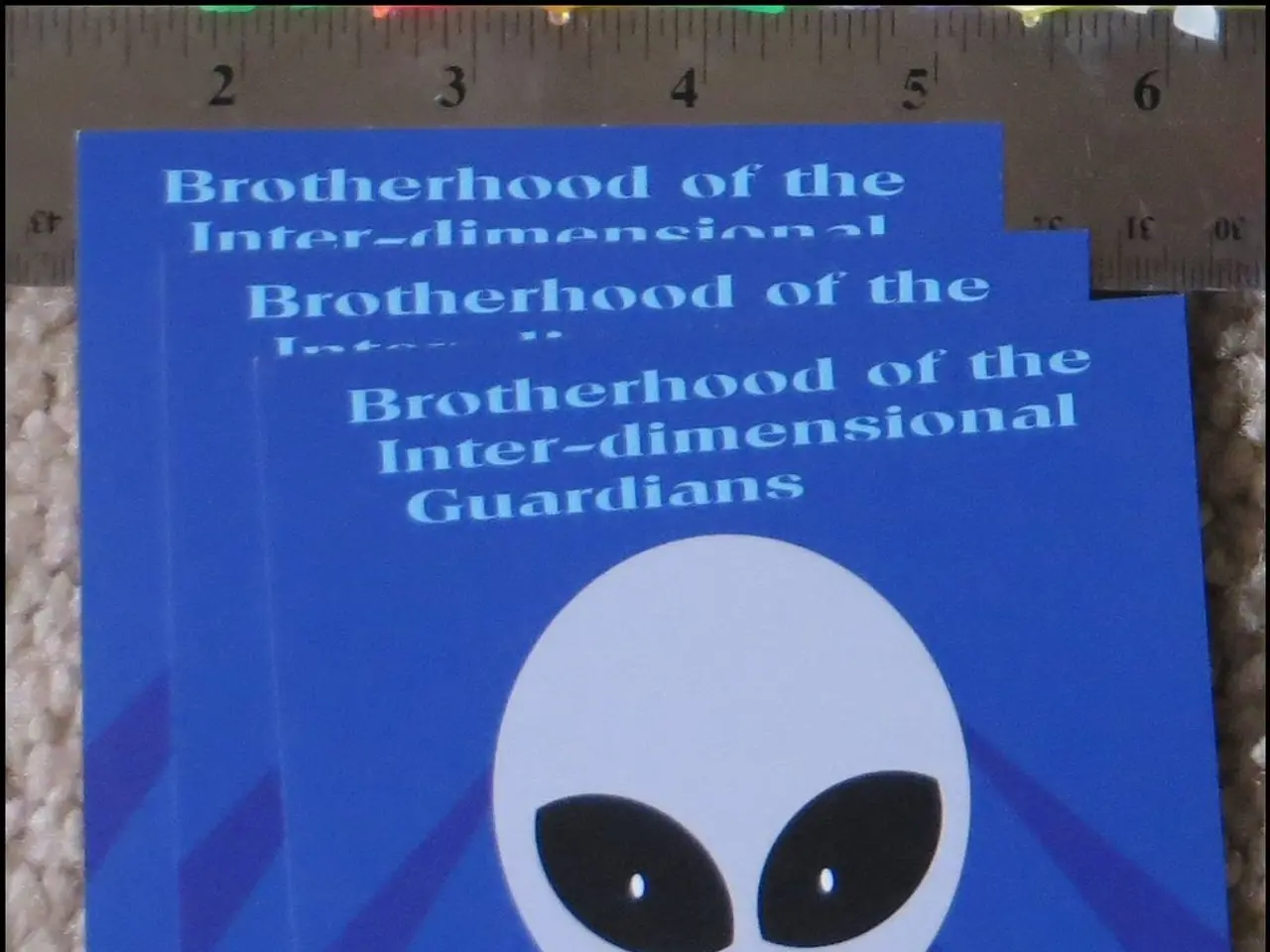Measurement Tool for Sexual Orientation: Explanation, Applications, and Limitations
The Kinsey Scale, first published in 1948, is a well-known method for defining a person's sexual and romantic orientation. Developed by Dr. Alfred Kinsey and his team, the scale ranges from 0 to 6, with 0 representing exclusive heterosexuality and 6 representing exclusive homosexuality, with intermediate scores indicating varying degrees of bisexuality.
However, the Kinsey Scale has faced criticism and limitations in accurately representing sexual and romantic orientations. One of the main criticisms is its oversimplification of sexual orientation, as it primarily focuses on sexual behavior rather than encompassing the emotional, romantic, or identity components of orientation.
Another criticism is the reliance on convenience samples and methodological bias in Kinsey's original research, which may have overestimated the prevalence of bisexual and homosexual behaviors in the population. The scale's inadequacy in capturing romantic orientation and sociosexual complexity, as well as its exclusion of non-binary and pansexual identities, further highlights its limitations.
The Kinsey Scale's framework operates on a hetero/homo binary continuum and does not account for identities such as pansexuality, omnisexuality, or asexuality, which involve attraction that isn't adequately described as simply between two genders or purely by sexual behavior. Modern understanding of sexual orientation recognizes these diverse identities, making the Kinsey scale’s framework outdated in some respects.
Dr. Sell, for instance, devised SASO, a test covering three categories: sexual attraction, sexual contact, and sexual identity, to address some of these limitations. Psychologist Michael Storms also created the Storms scale to account for both sexuality and sexual fantasies.
It is important to remember that a scale should not define a person's sexual orientation. All people feel sexual or romantic attraction differently, and therefore may identify with a different sexual orientation. People taking part in Kinsey Scale tests will sit somewhere along this spectrum of sexual or romantic orientation, but the scale's simplicity may not accurately represent their specific sexual or romantic attractions.
In conclusion, while the Kinsey Scale was groundbreaking in its time, its limitations and criticisms in defining sexual and romantic orientation primarily revolve around its simplicity, methodological issues, and exclusion of romantic dimensions beyond sexual behavior. These criticisms have prompted the development of more nuanced models and measures in sexuality research that include romantic attraction, identity, and sociosexual factors beyond Kinsey’s original scale.
- The field of science has acknowledged the need for more comprehensive models to explore gender and sexual identity, acknowledging a wide range of identities such as pansexuality, omnisexuality, and asexuality.
- The importance of mental health in understanding sexual identity has led to the development of tests like SASO (Sexual Attitude, Sexual Orientation) and the Storms scale, which factors in sexual attraction, sexual contact, sexual identity, and sexual fantasies.
- The Kinsey Scale's omission of non-binary and pansexual identities has been criticized, and thus, the focus in education and self-development has expanded to include diverse sexual orientations and the recognition of a spectrum of sexual health and mental health issues.
- A holistic approach to health and wellness involves acknowledging the emotional, romantic, and identity components of sexual orientation, as well as the complexities of attraction beyond the binary of heterosexuality and homosexuality.
- In the realm of personal growth, understanding one's sexual and romantic orientation becomes not just about a label but also an exploration of identity, love, and self-acceptance, going beyond the limitations of the Kinsey Scale.




